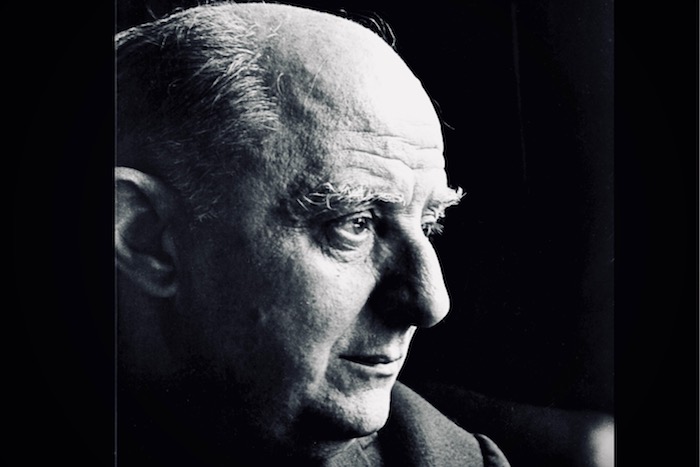«Οι κάβες της Γερακινής και το Στρατώνι...»

Stratoni is a seaside village built near the head of Ierissos Bay, with more than 1,200 inhabitants (according to the 2011 Census). The settlement was established towards the end of the 19th century and was directly linked to the mining activity in the area, which constituted the main source of revenue for the village. That is when people from the surrounding areas and from other regions of Greece began gathering at Stratoni to work in the mines. The population grew significantly due to the influx of refugees who came here following the destruction of Asia Minor in 1822. In 1932, the village suffered extensive damage from the earthquake that had its epicenter in the Ierissos Bay. In the following years it was almost entirely reconstructed.
The area was inhabited in ancient times, and mining activity in Stratoni and the surrounding villages dates back to approx. 600 BCE. Excavations in 1962 revealed that Stratoni was built on the site of ancient Stratoniki; this town is also reported by Claudius Ptolemy, who mistakenly locates it on the Siggitikos Bay.
The history of this place is reflected in the important archaeological findings. Part of a marble votive relief, probably early Roman, was found in a private garden and is now in the archaeological museum of Polygyros. It is a frontally erect female figure, dressed in a long tunic, holding a horn of Amalthea and a mantle with the left hand. It is most likely a representation of the goddess Isis-Tyche [Fortune]. She is the so-called “lady of Stratoni”.
In 1962, during an excavation of irrigation ditches in front of the Kassandra Mines Mutual Fund, a rectangular structure was found measuring 10X6 m., aligned on a north-south axis with entrance from the south. It consists of a main chamber measuring 5X5.5 m., and an antechamber measuring 5X3 m. that are connected through a door 1.8 m. wide. The walls are preserved up to a height of 0.8 m. Along the western wall, a marble sarcophagus was found measuring 2.2X0.78 m., and in the middle of the northern wall of the main chamber there was a pedestal. Before the pedestal, in a prone position, there was an intact statue of a woman, approx. 2 m. tall. Between the statue of the woman and the sarcophagus there was a headless statue of a clothed man.
A third male torso was also found, as well as a rectangular plate with a representation of a funerary dinner and the inscription “Nikoptelema Epilykou, heroine, rejoice” and a male figurative head that obviously belongs to a torso from the Claudian era. Also, a funerary stelae with the inscription “Afthonitos Arissidios Tierteou”. On another plaque, there is the inscription “Herodotus Theagenous”. Inside the chamber, a built cist grave was found, and a pointed cask containing a few bones. It was clearly some hero from the 1st century BCE.
South of the village, on the hill slopes, later Roman tombs were discovered opened, as well as residential ruins. Shells from the Hellenistic and Roman eras were collected, and the stamped handle of an amphora. In the yard of the residence, four pieces of marble were collected that had recently broken off and constituted parts of a male torso.
To the south of the village, on top of the first seaside rise which, on the side of the coast, is steep and covered in olive trees, a tomb built of bricks and with an arched roof was discovered (2.4X1.25X1.2 m.). On the eastern narrow side there was a rectangular niche surrounded by marble plaques. The floor was covered in clay and marble plaques. A clay plaque bears printed rectangles and inside each a carved cross and in each angle one of the letters of the Greek word for God [ΘΕΟΥ]. The tomb was filled with bones that were not, however, in their original place.
The residents of Stratoni, even though most of them are originally from other regions, have created a unified, harmonious whole, and have always been characterized by their love for culture. Throughout its history, Stratoni was the seat of many artistic events and local happenings. The staging of theatrical plays – starting even before WWII, the establishment of a musical and sports association in the 1950s, art exhibitions, the operation of a band and dance troupe, the organization of splendid carnival events, the three-day peace events and concerts by renowned musical artists, are only some examples of the cultural tradition of Stratoni. This continues nowadays through the activity of the local associations.
Copyright © 2022, AXTADA Municipal Enterprise – All rights reserved. Design & Development: New Media Technologies